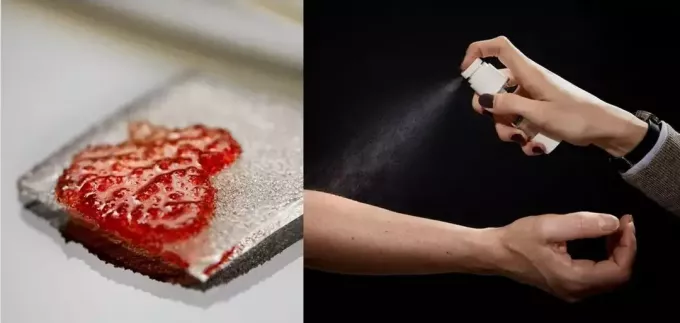Antibiotic resistance is considered one of the top ten threats to global health by the WHO, which makes the search for new ways to fight resistant bacteria essential.
For this reason, researchers at the Chalmers University of Technology in Sweden have developed a new spray capable of killing antibiotic-resistant bacteria and preventing infections, reducing the need for antibiotics.
see more
Japanese company imposes time restriction and reaps benefits
Alert: THIS poisonous plant landed a young man in the hospital
The material is composed of peptides (molecules formed by the bonding of two or more amino acids that make up the proteins) that kill and bind bacteria, and can be used in wound treatments or directly in equipment doctors.
The small hydrogel particles equipped with these peptides provide a protective environment and increase the stability of the peptides, allowing that work in conjunction with body fluids such as blood, which would otherwise inactivate the peptides, making them difficult to use in the skin area. health.

In previous studies, the peptides were used for wound care materials such as dressings. Now researchers have published two new studies in which the bactericidal material is used in the form of a wound spray and as a coating on medical devices.
The new antibacterial material has many advantages over existing sprays and disinfectants, being completely non-toxic and not affecting human cells. Unlike existing bactericidal sprays, it does not inhibit the body's healing process.
“The substance in this wound spray is completely non-toxic and does not affect human cells. Unlike existing bactericidal sprays, it does not inhibit the body's healing process. The materials, which are simply sprayed onto the wound, can also kill bacteria in a shorter time,” says Edvin Blomstrand, a student of industrial doctorate from the Department of Chemistry and Chemical Engineering at Chalmers University of Technology and one of the lead authors of the paper scientific.
Source: Scitechdaily
